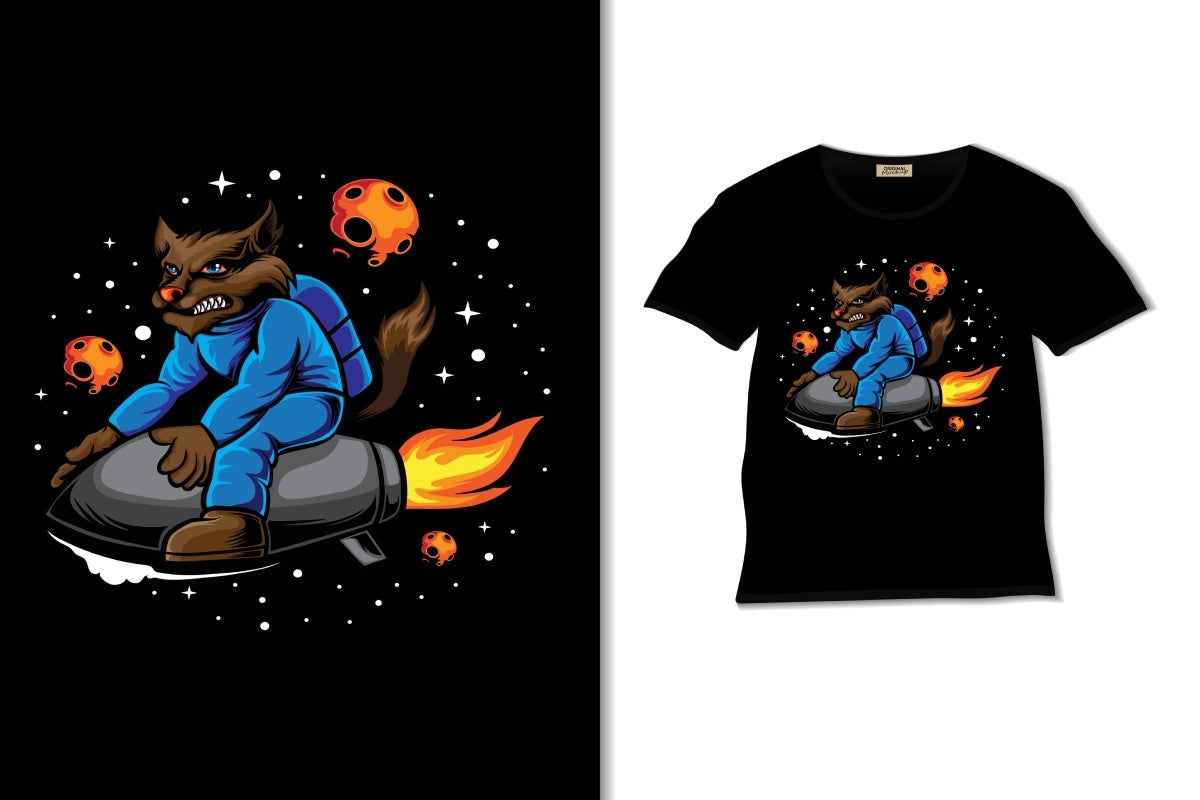
DTF Heat Press: Settings for Best Results
Understanding the Role of Heat Press in DTF Printing
The heat press is a crucial component in the DTF printing process, ensuring that the design adheres properly to the fabric. Incorrect settings can lead to poor adhesion, fading, or cracking over time. The right temperature, pressure, and pressing duration directly affect print quality and durability. Learning how to fine-tune your heat press settings will help you achieve professional and long-lasting DTF transfers.
Optimal Temperature Settings for DTF Transfers
The ideal heat press temperature for DTF transfers typically ranges between 160-180°C (320-356°F). A lower temperature might result in weak adhesion, causing the print to peel after washing. A temperature that is too high can burn the film or distort the design. Always test a small sample before pressing large batches to ensure the temperature is perfect for the specific material you are using.
Choosing the Right Pressure for DTF Printing
Pressure plays a key role in ensuring the print bonds properly to the fabric. Too much pressure can flatten the design and create an uneven texture, while too little pressure may cause incomplete transfers. Medium to firm pressure is recommended for DTF printing. Adjust your heat press settings to ensure even contact across the entire print surface. If using a manual press, apply consistent pressure without excessive force.
Recommended Pressing Time for DTF Transfers
The standard pressing time for DTF prints is between 15-20 seconds. Pressing for too short a time may cause poor adhesion, while pressing for too long can burn the adhesive layer. For the best results, follow the manufacturer’s guidelines for the type of PET film and fabric being used. If prints appear weak or lift off after washing, consider extending the pressing time slightly.
Cold Peel vs. Hot Peel: Which Method Works Best?
One of the most common questions in DTF printing is whether to use a hot peel or cold peel method. Cold peel is generally recommended because it allows the design to fully bond with the fabric before removing the film. This reduces the risk of smudging, lifting, or partial adhesion. If using a hot peel film, carefully remove the film immediately after pressing to avoid disrupting the print. Always test both methods to determine which works best for your specific materials.
Second Pressing: Why It’s Necessary
After peeling off the transfer film, a second press helps to lock the ink into the fabric and improve durability. Place a Teflon sheet or parchment paper over the print and press again for 5-10 seconds at the same temperature. This additional step ensures the design remains smooth, flexible, and resistant to cracking over time. Skipping the second press can lead to premature wear, especially on high-stretch fabrics.
Common Heat Press Issues and How to Fix Them
Several common heat press issues can affect the quality of DTF prints. Uneven pressure may result in inconsistent adhesion, so always check that your heat press is properly calibrated. Ink smudging or incomplete transfers could indicate incorrect temperature settings. Peeling or lifting after washing is often caused by insufficient pressing time or low heat. Regular maintenance of your heat press and testing different settings can help eliminate these problems and improve overall print quality.
Conclusion
Mastering heat press settings is essential for achieving high-quality, durable DTF prints. By using the correct temperature, pressure, and pressing time, you can ensure proper adhesion and long-lasting designs. Whether using a cold or hot peel method, always test your settings before large-scale production. A second press will further enhance durability, keeping your prints vibrant and resistant to wear. With proper heat press techniques, DTF printing can deliver professional results for both personal and business applications.
FAQ
- What is the best temperature for DTF printing?
- The recommended temperature for DTF transfers is between 160-180°C (320-356°F) for best adhesion.
- How much pressure should I use for DTF transfers?
- Medium to firm pressure is ideal for DTF printing to ensure even bonding without damaging the design.
- How long should I press DTF prints?
- The optimal pressing time for DTF transfers is 15-20 seconds, depending on the fabric and film type.
- Should I use a cold peel or hot peel method?
- Cold peel is recommended for better adhesion, but some films are designed for hot peel application.
- Why is my DTF print peeling after washing?
- Poor adhesion may be due to low pressing temperature, insufficient pressure, or short pressing time.
- Is a second press necessary for DTF prints?
- Yes, a second press improves durability, smooths the print, and enhances wash resistance.
- Can I use a household iron for DTF transfers?
- No, a heat press is required to apply consistent heat and pressure for proper DTF adhesion.
- What is the best way to prevent ink smudging?
- Ensure proper curing of the print before pressing and use the correct temperature settings.
- How do I avoid uneven heat press pressure?
- Adjust the press settings to apply even pressure across the entire design area.
- What type of protective sheet should I use for second pressing?
- A Teflon sheet or parchment paper helps protect the print while sealing the ink into the fabric.






